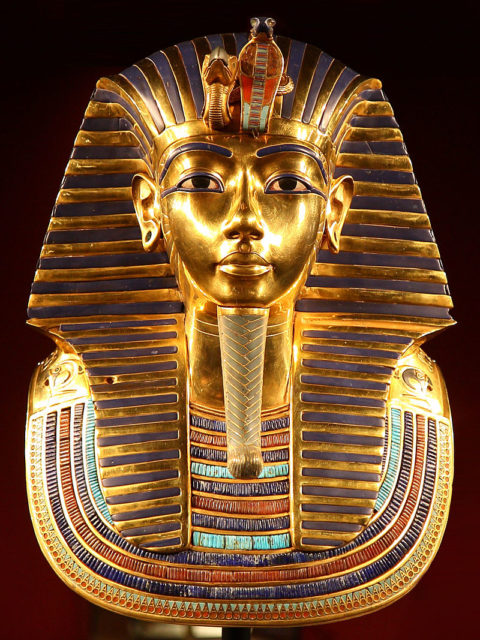Although globalization and free trade between nations are modern phenomena, there is enough evidence to suggest that civilizations in antiquity did not live in complete isolation. Plato traveled out of the city states and found most of his wisdom away from home, unlike most modern philosophers.
A group of scientists working on an archaeological dig in Denmark have unearthed a set of glass beads that were supposedly crafted in an ancient Egyptian workshop. The researchers are adamant that the beads were made for the famous Egyptian Pharaoh Tutankhamun, and somehow made their way north approximately 3,400 years ago. The findings are extremely significant, as they present a clear possibility of contact between the two civilizations and of a possible ancient trade route that facilitated exchange.
Through analysis of the beads, French and Danish archaeologists discovered a remarkable resemblance with those crafted for the Egyptian King Tutankhamun. The beads not only share the design with Egyptian beads, but the chemical composition of the glass beads found on Tutankhamun’s gold death mask is also same as that of the Danish Bronze Age beads.

A total of 23 glass beads unearthed in Denmark were thoroughly analyzed with the help of plasma spectrometry. The modern technology enabled the archaeologists to analyze the chemical makeup and composition of the beads without damaging their fragile structure. These chemical samples were then meticulously compared against the material found in Amarna, Egypt, and Nippur, some 50km south of Baghdad in Iraq. The results of the comparison astonished the archaeologists when they found out it was an exact match.
This discovery is hailed as one of the most significant in recent Danish history, as well as for Egyptologists, as this is the first time that archaeologists have unearthed an artifact so far from Egypt.
The beads in question were unearthed from a grave in Olby, 40km south of Copenhagen. They probably belonged to a wealthy woman. The woman’s remains were found buried in a hollow tree trunk: they were decorated with a number of ornaments, including a skirt adorned with bronze tubes and a bracelet with amber and a single blue glass bead. The same type of jewelry was discovered on a necklace from a nearby grave in the same region.

At this stage, researchers can only speculate regarding the possible connection of the two civilizations. However, despite the geographical distance between the two societies, they did share a number of things in common.
It is an established fact that ancient civilizations conducted elaborate funeral rituals and buried their dead with artifacts to prepare them for the afterlife. The Bronze Age women buried in Denmark were given amber ornaments as a tribute to the sun god; they aspired to be one with the sun in the afterlife, bright and alive forever.
